
What follows are 10 easy steps to teach your dog to sit. When you're finished, you'll have successfully trained your puppy or even adult dog how to sit down on command. The first dog trick any puppy learns is to sit down. They key is repetition and reward.
To set this up right, avoid training the dog just after mealtime. The dog should be a little hungry for this learning exercise, so do it prior to feeding time. This is VERY important for your dog to learn to sit correctly. We are going to use food as a motivation for the dog to obey you, so hold off on the kibble until you're done with this exercise every day.
Step 1: Give the dog treats directly from your hand.
Begin the process of teaching the dog to sit by getting his attention. Nothing will cause your dog to listen to you like food! Start by taking a bag of treats and putting it in your pocket or behind your back. You want the dog focused on your hand, not a bag. Extend your hand out with a goody visible and, when the dog looks at your hand, feed it to the dog. Pause a little bit each time, longer after each repetition. All you want for now is for the dog to focus on the treat in your hand. When he does that, just give it to him. Do this about three times or so, until you see that the dog is catching on.
Step 2: Stand up and hold out a treat too high for the dog to get.
Now, stand up if you weren't standing before. Here, you are going to extend your hand with the treat in it such that it is too high for the dog to reach. Most dogs, especially puppies with a lot of energy, will be tempted to jump up here. If the dog jumps up after the treat, tell the dog "no" very firmly, but not angrily. When the dog stands still on the ground, looking up, treat the dog. Treat as quickly as possible, as soon as the dog can manage to plant his feet on the ground and isn't jumping, for about 2-4 treats, or until the dog stops jumping but is still focused. Remember to pause, but not long, just long enough to emphasize your hand so the dog gets used to looking at it.
If your pet is a bad jumper, alter your tactics to pause longer and let your furry friend wear himself out trying. Continue saying "no" after each jump. After about 20 jumps or so, even the most hardy of dogs will begin to tire. You want to teach the lesson, "Jumping just makes you tired but, if you wait and are still on the ground, I will eventually treat you". When the dog slows down and manages to stay on the ground, reward him.
Step 3: Now that the dog is not jumping and is at least staying on the ground (mostly), move toward him the next time you produce a treat in your hand, lining up the treat over his head.
Hold the treat there, directly over the dog's head, so the dog will look at it. If the dog jumps now, say "NO!" and withdraw the treat momentarily. When the dog is back on the ground, hold the treat in his sight but over his head. Your goal is to have the dog look up at the treat and not jump.
Step 4: Produce another treat over the dog's head and continue to slowly move the treat over the back of dog's head, causing him to adjust the angle of his head as he's looking up.
Canines almost never back away from food targets and seldom look away from them either, so your pet's natural reaction to you moving the treat further over his head will be to sit down so he can angle his head back further to see it. The treat in your hand should be slightly over the back of the dog's head now, still too high for him to reach.
When the animal sits down to keep the treat in his sight, say the word, "Sit!", very loudly with emphasis on the "S". Studies show that canines respond to certain sounds better, and the "S" sound is one of them. Don't move the goody, pause for 2 seconds maximum, and reward the dog.
Step 5: Repeat Step 4 but pause just slightly longer this time so the dog stays sitting down.
Do this exercise several times, simply repeating Step 4 but lengthening the pause and the time the dog remains sitting after you say the word, "Sit". You will want to do this several times a day for a day or two.
Step 6: After the dog becomes used to this routine, you will want to begin to condition the dog to obey the sitting command without seeing a visible treat.
This is where you become a dog trainer! You begin this process as normal, showing your dog the treat and repeating the usual Step 4 and 5 actions once or twice. On the next repetition, however, you are going to hold the food invisibly in your fist, rather than showing it.
Hold your closed fist with the treat inside it over the dog's head as normal. As you move it over the dog's head, but before the dog sits down, say the word, "Sit". When the dog sits and holds that for awhile, let the reward fall as normal. The key item here, though, is that the dog couldn't see the goods before he obeyed, and the command came before he sat down. Repeat Step 6 for 10-20 repetitions until the dog catches on.
Step 7: Substitute praise for food, continuing with food less and less.
Now, do the usual Step 6 routine for a few repetitions. As soon as you can tell the dog is falling into the established, conditioned pattern of sitting when you say to sit, as your hand moves over his head, start to add even more praise with the food. The lesson you are trying to drive home to the dog is that "praise correlates with food".
Once you've done this for a few repetitions, move your closed hand over the dog's head, commanding him to sit before he does and, when he sits, bend down and heartily praise the dog. Right after the first time without food, do the entire routine again with food. Continue this through several repetitions, treating with food about 2 times out of 3. Always say, "Sit", before your dog actually sits down. That way, the dog gets the sequence: "You say 'sit' and then I sit."
Step 8: Continue this routine daily, gradually reducing the number of times that you treat during a session for successful behavior.
Gradually substitute praise alone for "praise plus food". You will want to continue along from 75% food rewards to 50% food rewards, then less. If your dog loses interest and starts walking away, always return to food for 1-2 repetitions.
Step 9: Increase your physical distance from the dog as you perform these exercises.
You can't stand over your dog with your fist out every time you want the dog to sit. So, now, you will stand further away from the dog as we move forward. To transition to this, do a few repetitions as normal. On the last normal repetition, step back and treat your dog after he sits. Continue holding your hand up, but begin requiring that the dog simply sit down when you say the command word, without your hand being directly over his head.
During this transition, treat more liberally. Gradually reduce this and replace with praise and/or favorite toys and play-actions.
Step 10: Switch to verbal-only prompting.
By now your dog is conditioned to accepting the sequence of "you-say-'sit'-then-I-sit". Begin this process by standing far from the dog, holding up your fist and saying, "Sit". When the dog sits, toss him a treat.
Repeat this, gradually increasing the time he must sit to be treated. After a few repetitions, replace the treat-plus-praise with praise only. Pet the dog, tell him he's great, then repeat it again with food this time. Next, repeat again with food-plus-praise. As before, gradually reduce the food and increase the distance. When you increase distance, increase food tossed to the dog temporarily until the dog catches on.
Soon, the dog will sit on command. Sporadically treat the dog, but no longer use any predictable pattern of doing so. You're basically turning this into a lottery experience for the dog. He's going to sit, at first, for a chance to "win" a treat. Eventually, he will sit simply because he is conditioned to doing so when you say the command. Periodically repeating the training exercise will continue to solidify the desired pattern of behavior in the dog.
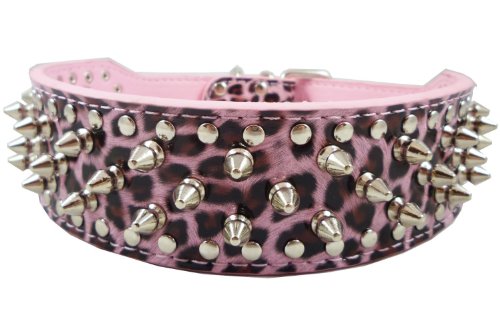 Designer Dog Collars
Your dog can be stylish too!
Designer Dog Collars
Your dog can be stylish too!
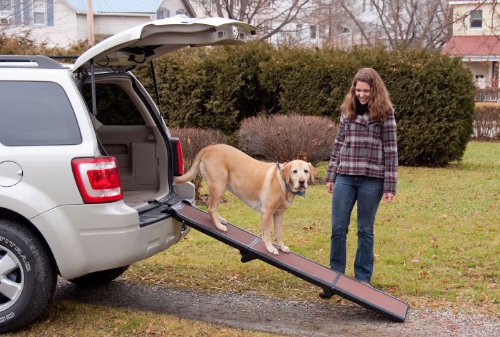 Dog Ramps for the SUV
Pets are a big part of our f
Dog Ramps for the SUV
Pets are a big part of our f
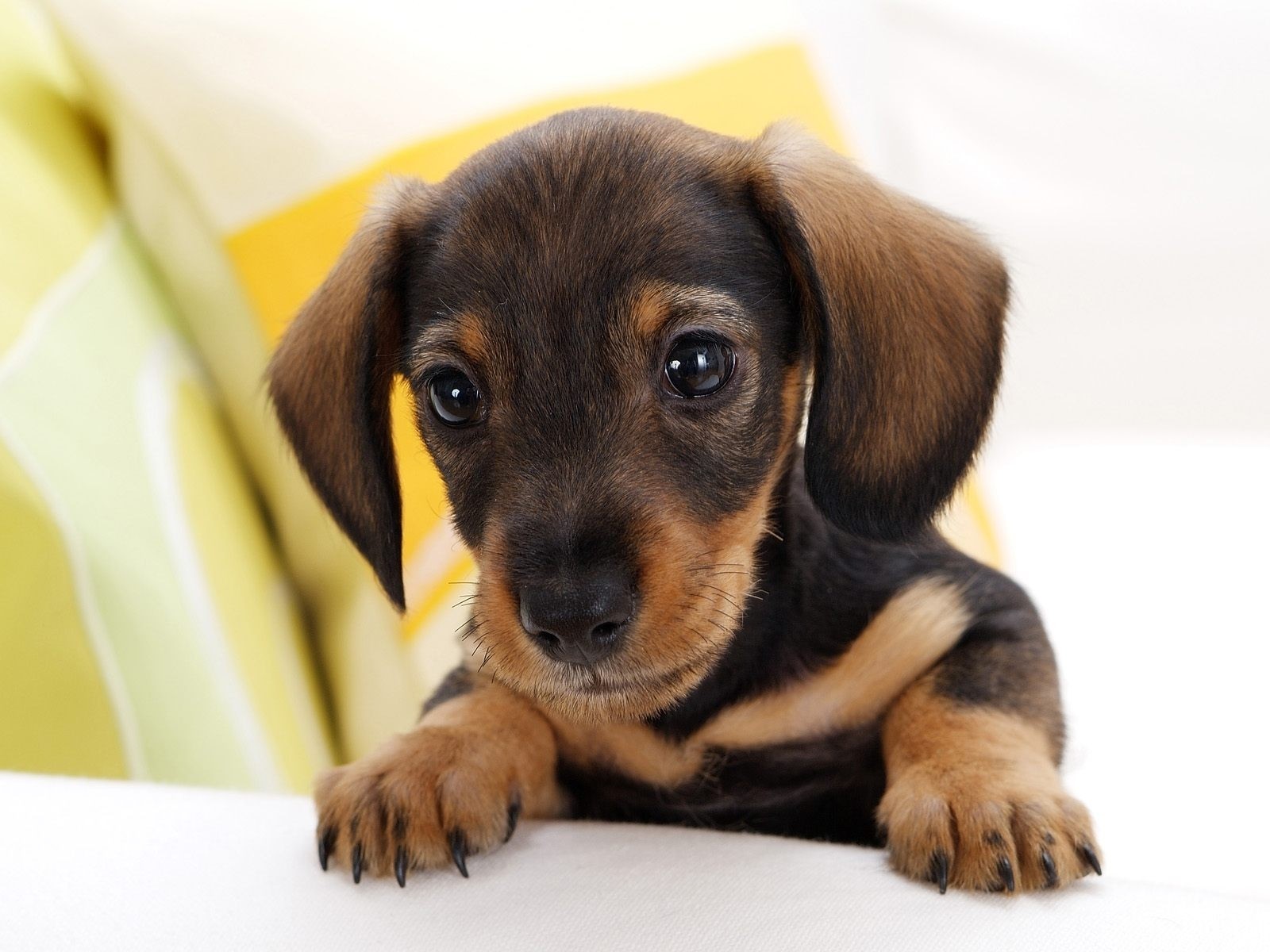 Curing Your Dogs Separation Anxiety
Dog Anxiety is a Serious Iss
Curing Your Dogs Separation Anxiety
Dog Anxiety is a Serious Iss
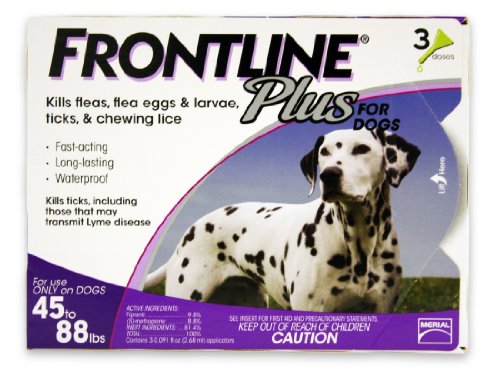 How to Relieve Your Pets Itching and Scratching
Unhealthy SkinA number of sk
How to Relieve Your Pets Itching and Scratching
Unhealthy SkinA number of sk
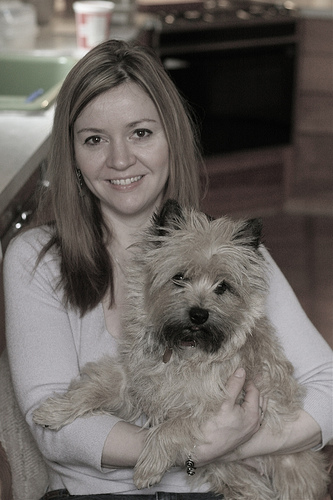 Interview With A Professional Dog Groomer
Interview With A Professional Dog Groomer
The Dog Gu
Interview With A Professional Dog Groomer
Interview With A Professional Dog Groomer
The Dog Gu
Copyright © 2005-2016 Pet Information All Rights Reserved
Contact us: www162date@outlook.com